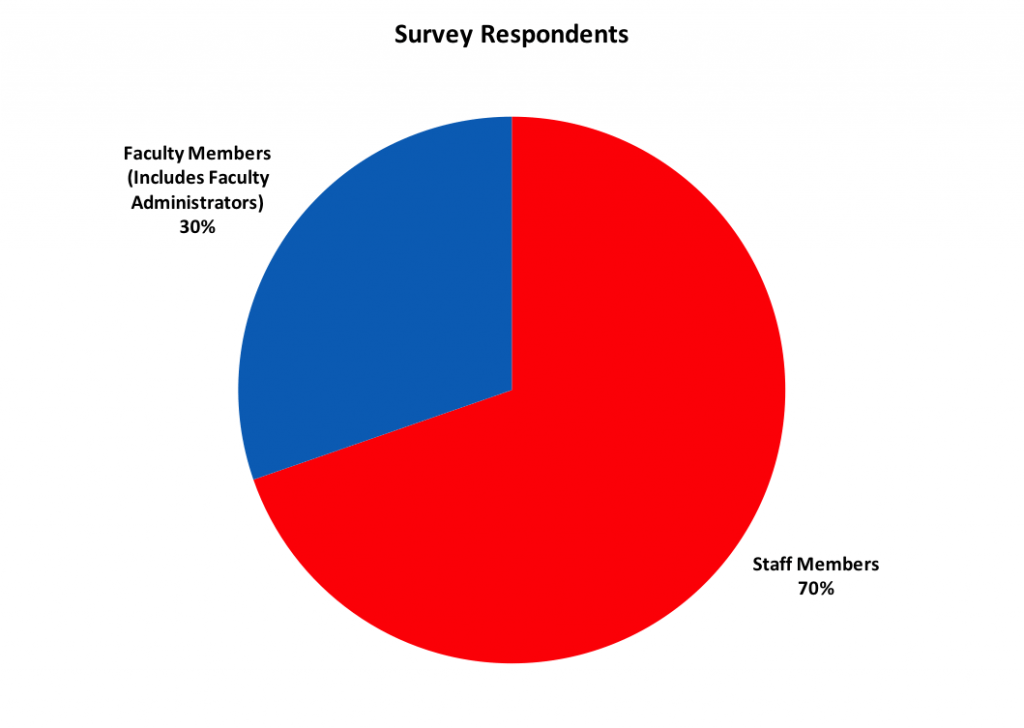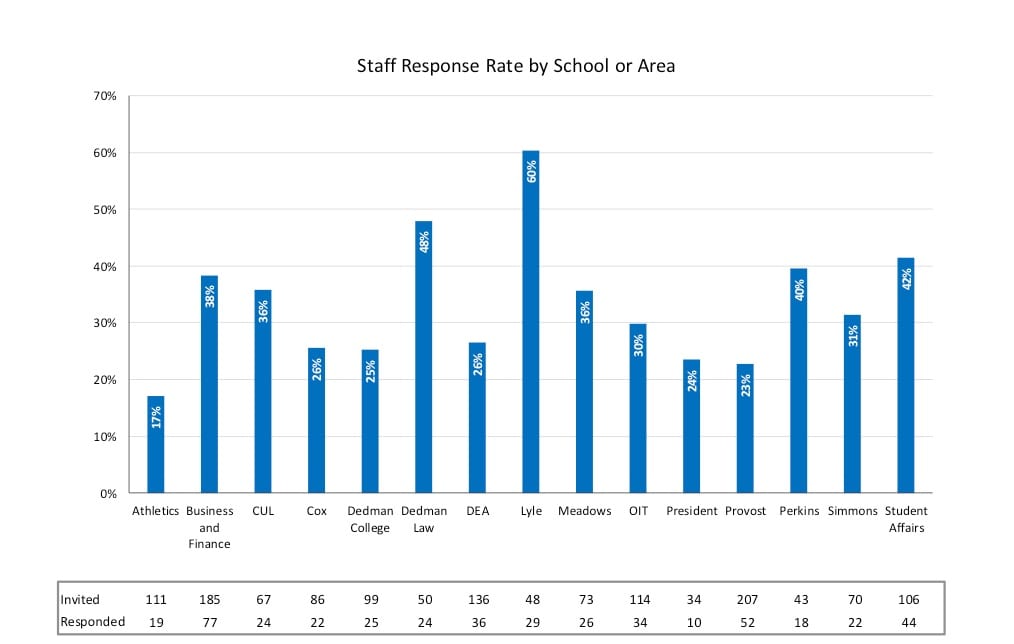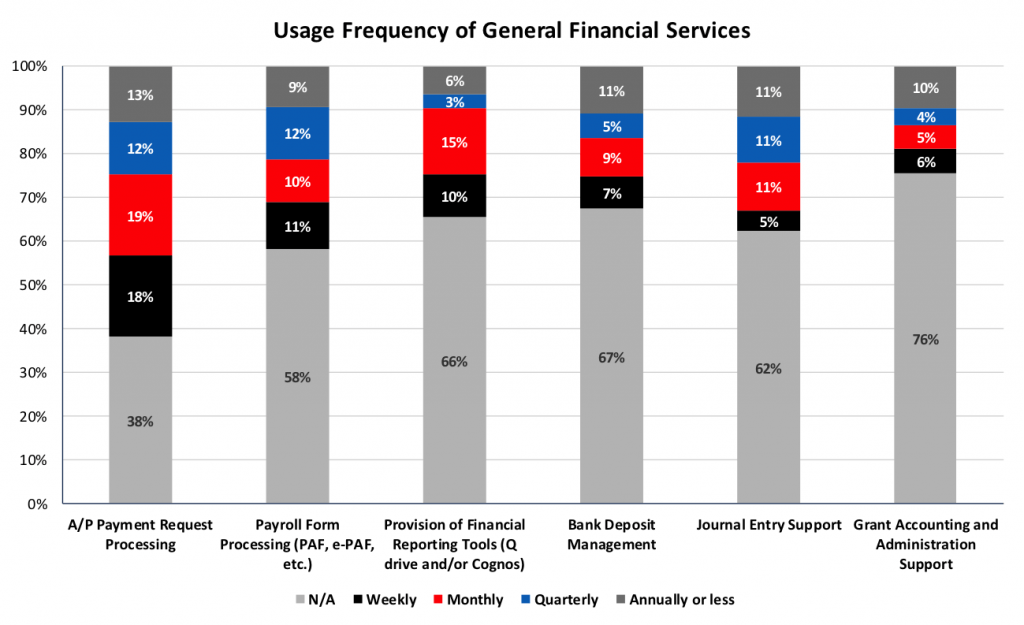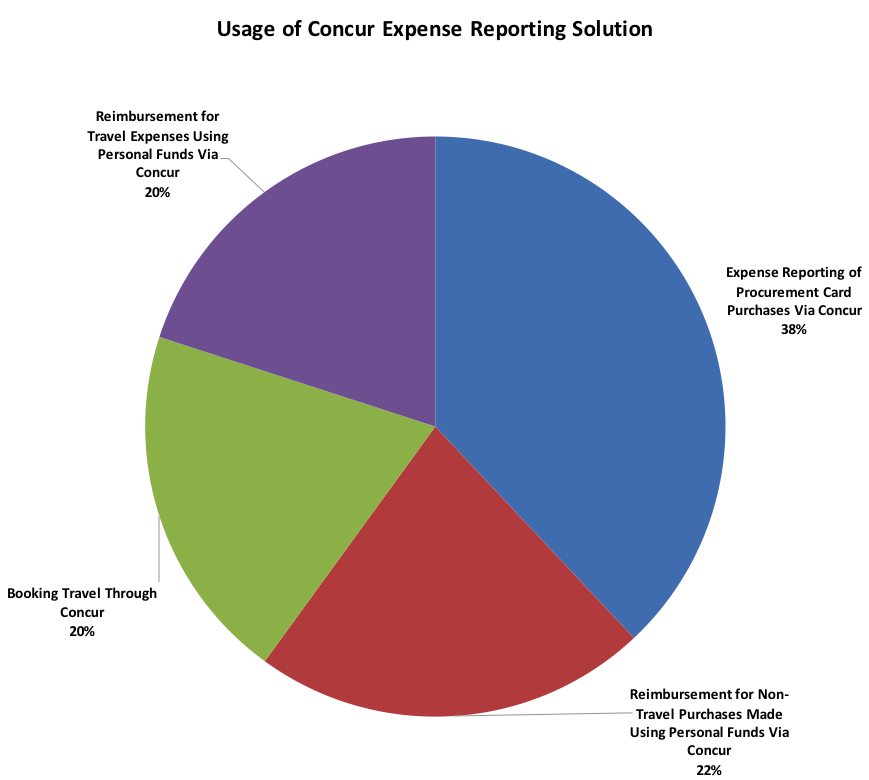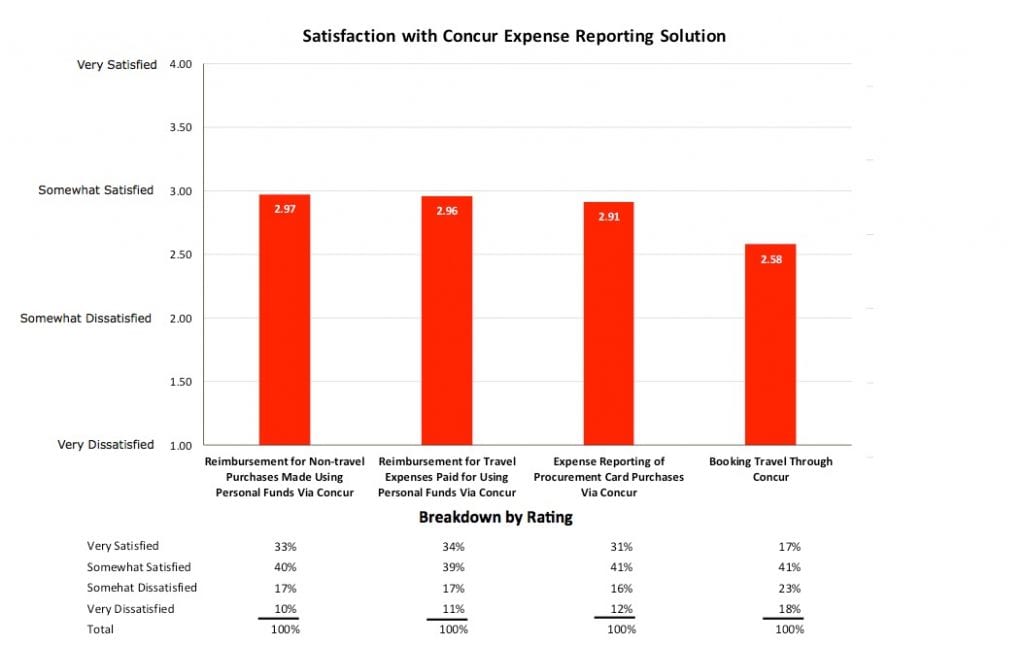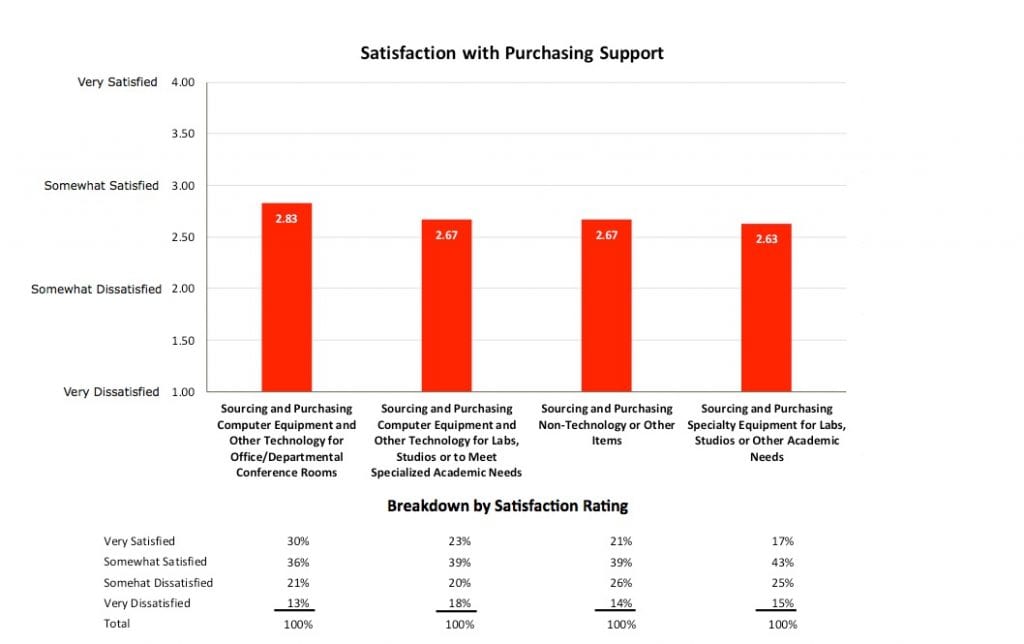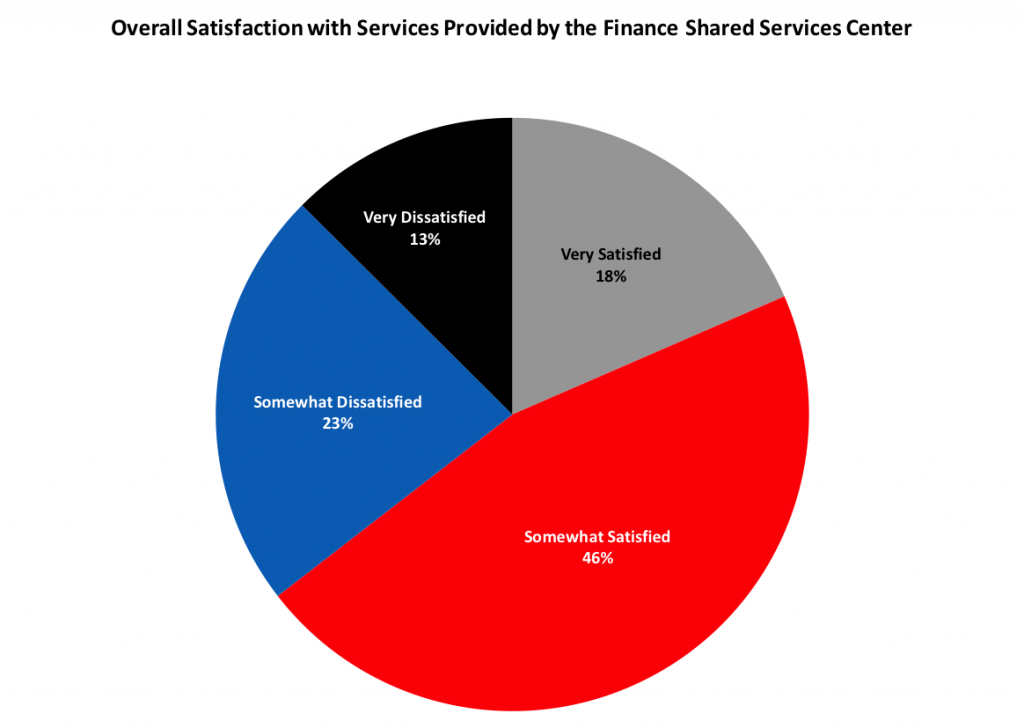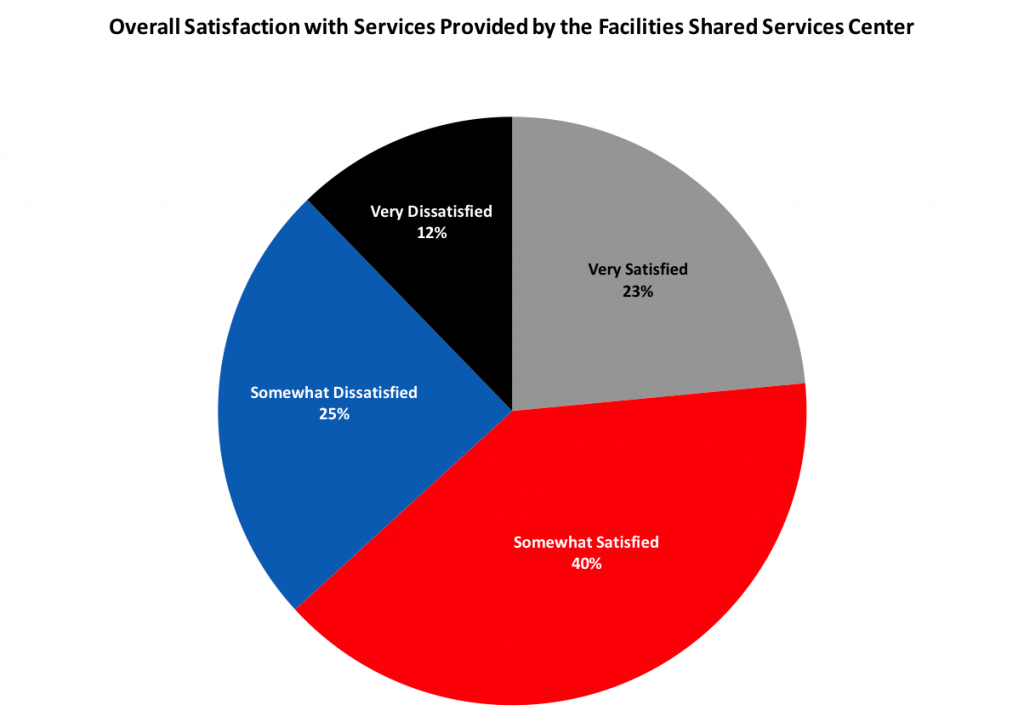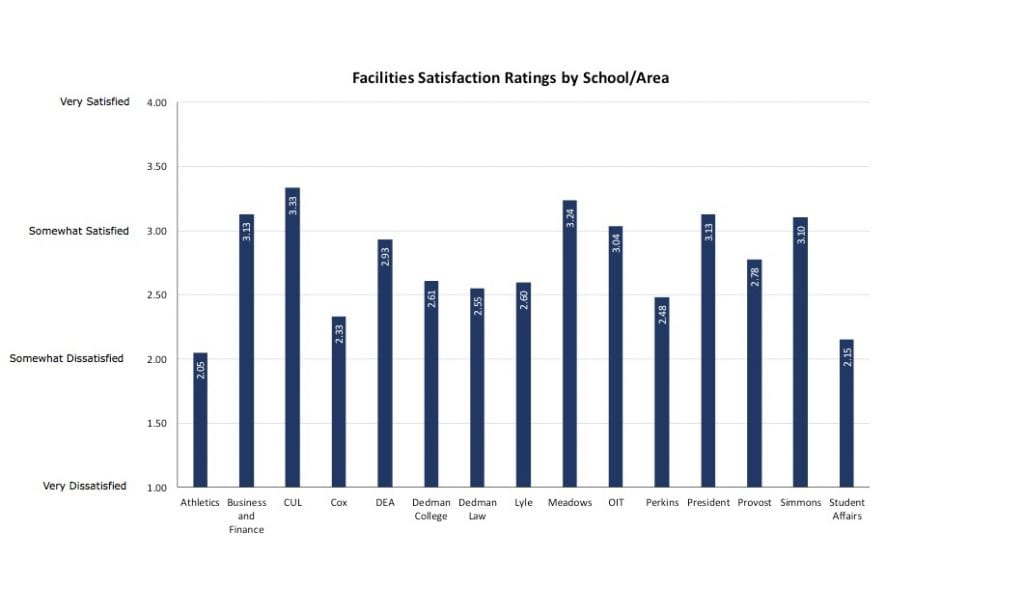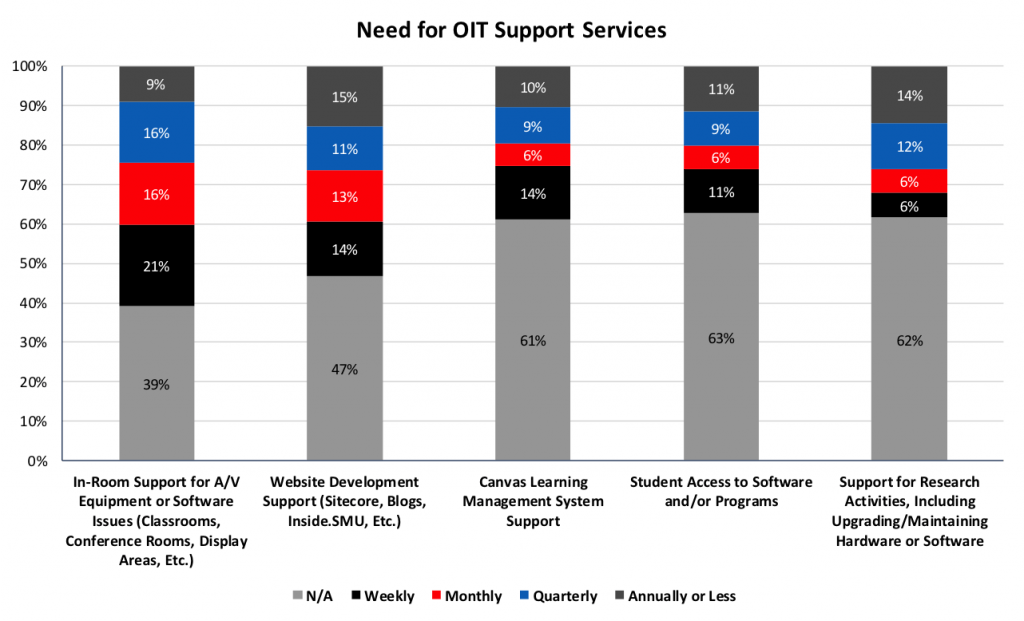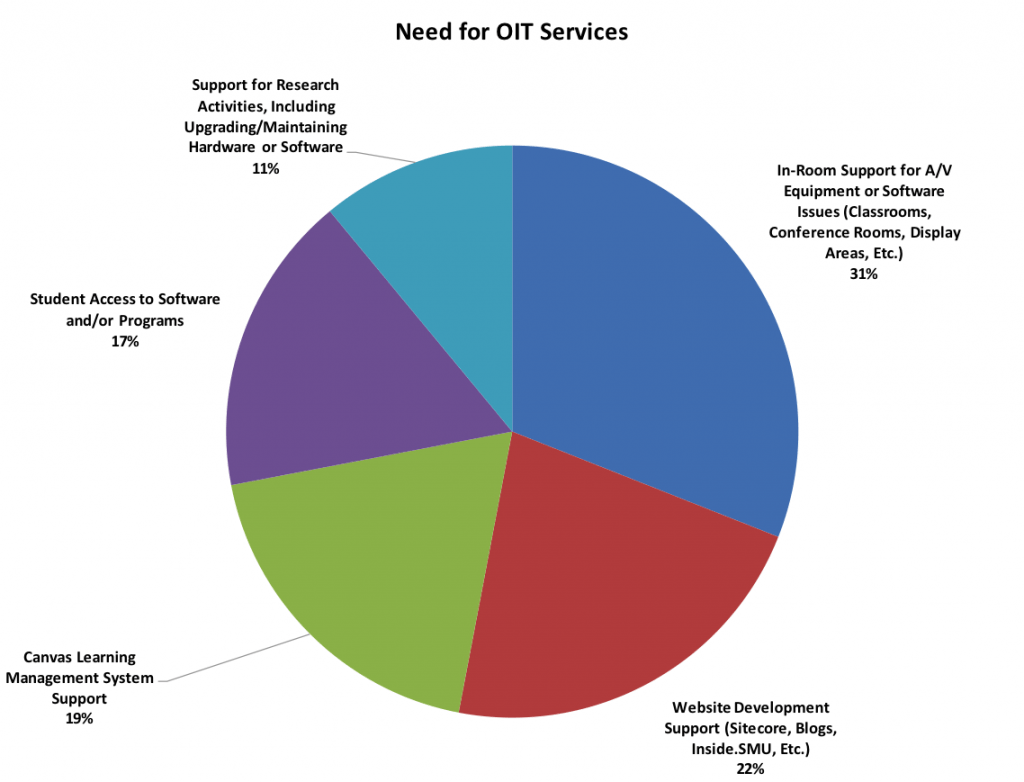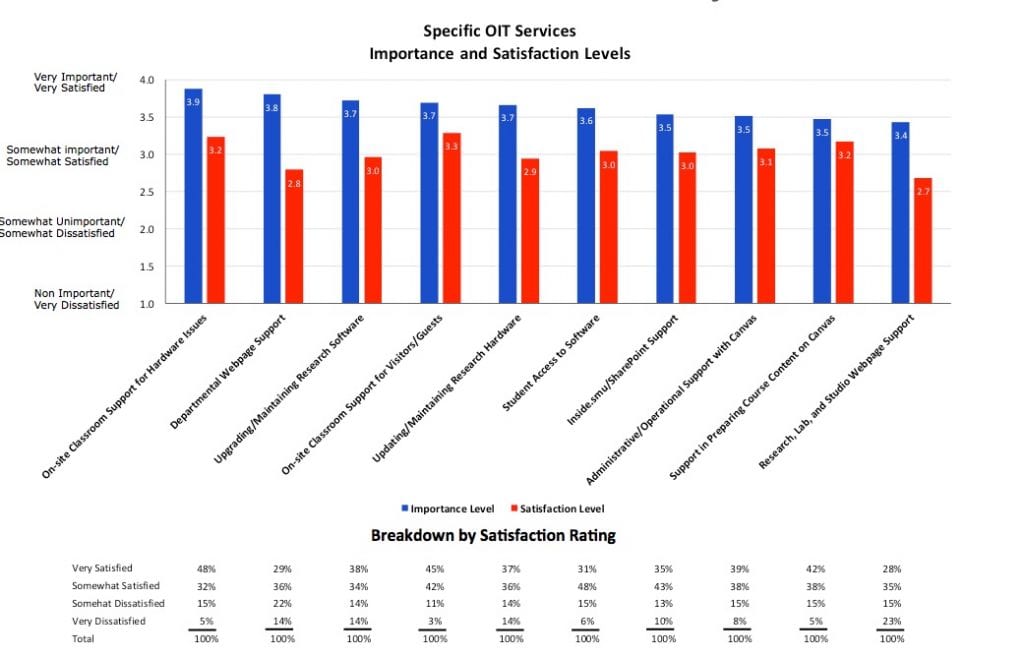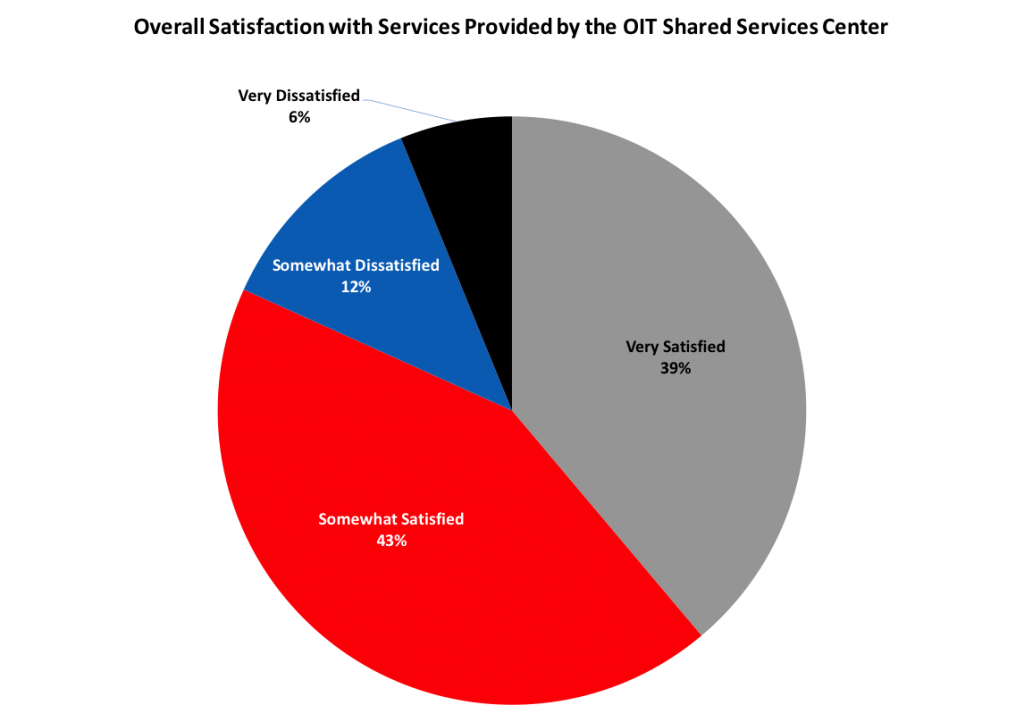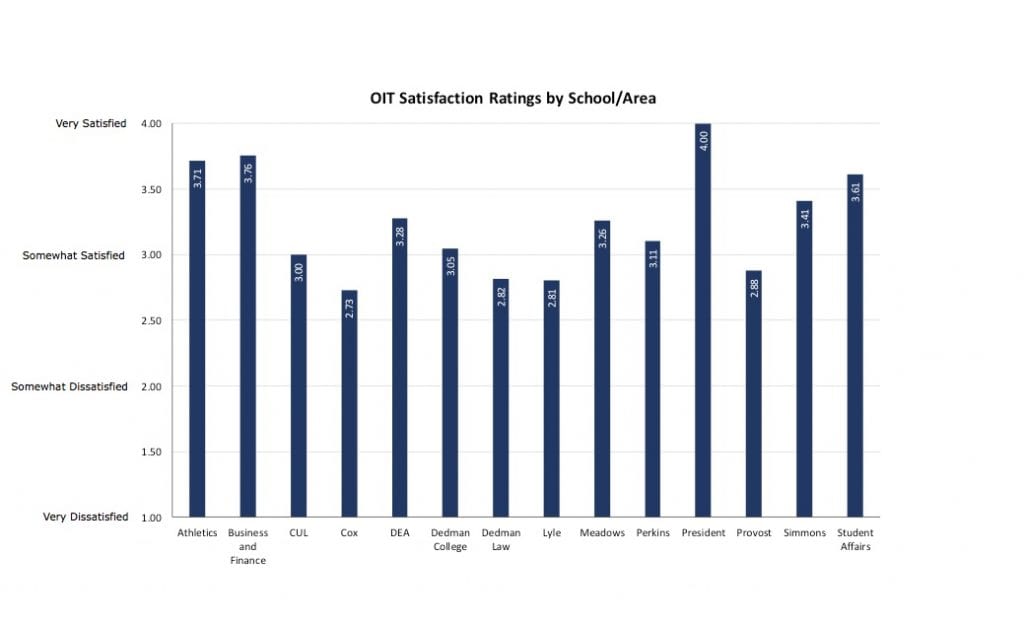OIT ramps up interactive teaching tools
“Tech solutions must increasingly create more flexible, collaborative, dynamic learning environments where both faculty and students can easily share and interact with academic content.”
In the past, whenever professors had a problem with AV equipment in the classroom, they had to call the Help Desk and wait for a dispatched technician to arrive. But soon, OIT will be able to resolve requests for assistance remotely with the push of a few buttons, thanks to new remote control technology being installed in classrooms throughout campus. It’s just one example of changes being made through the new OIT Shared Services structure.
Last summer, several departments in OIT collaborated to upgrade technology in more than 60 classrooms on the main campus and at SMU-in-Plano, and also began testing innovative new tools and services to improve interaction and engagement between faculty and students.
Rachel Mulry, head of OIT’s Customer Service Dept., said the classroom upgrades included such things as document cameras, widescreen projectors, and replacement of quite a few standard components like screens, speakers, lecterns and equipment control panels. The new hardware should mean fewer issues in the classroom, and the streamlined programming and standard control panels should mean quicker equipment startup for faculty and faster adjustments as they move from room to room.
Equipment now connected to central campus console for faster diagnostics, fixes, metrics
One of the newest technologies added to all 60-plus classrooms was remote control integration, which programs equipment to report to a central console in the OIT office. “That console gives us a wide range of abilities, allowing us to be proactive and more quickly resolve issues in the field,” she said. “We can use the console to check the maintenance needs of the devices and schedule replacements or fixes before issues arise. We can resolve requests for assistance remotely and will soon be able to send commands from the Help Desk to resolve a professor’s AV issue without having to wait for a dispatched technician to arrive. We can use it to implement energy saving measures, such as powering off equipment overnight. And we can start gathering metrics on which technology components are being used, and how frequently. The new system will also help us identify older equipment and software that needs to be phased out.”
Four game-changing teaching tools
Jason Warner, director of Academic Technology Services, said that as OIT has become the steward of SMU’s classroom technology services, the department is focused on demonstrating innovations and adopting modern technology tools and capabilities that challenge and inspire users to move past the status quo.
“We’re working to transform teaching and learning spaces, both of which are spaces where change can be expected to be disruptive,” he said. “To that end, we’ve partnered directly with SMU faculty and academic units to pilot and implement four new ‘prototype’ instructional technology tools and services.” Those include:
- Epson Interactive Projector: When Michael Robertson, new Academic Technology Services director for Dedman College, began talking to faculty about their needs, many of them requested Smart Boards, which are interactive, touch-controlled white boards. But because that technology is now somewhat older and relatively costly, Robertson worked with OIT Director of Audiovisual Support Shawn Remek to identify a more modern, future-forward solution that could also be integrated with current classroom systems: the Epson Interactive Projector. It not only turns a standard whiteboard into an interactive whiteboard, but interactions can be recorded and shared with students. Robertson and Remek have installed it in a Dedman classroom and are training faculty on its use, and OIT is evaluating whether to install it in additional classrooms on campus.
- Nearpod: This cloud-based, interactive presentation and assessment tool is being tested at the Cox School of Business by Cox’s Academic Technology Services Director Jeff Liew. Nearpod allows instructors to create interactive presentations – involving quizzes, polls, videos, images, drawing boards, web content and traditional slides – and directly deliver them to students’ laptops and mobile devices. This way, instructors can use students’ own devices for engagement and presentation playback, rather than compete against them as distractions.
- AMX Enzo presentation system: Faculty and students have been asking for a way to easily and wirelessly connect multiple devices to systems of display in the classroom. While Apple TVs are capably serving Apple-platform users in some campus classrooms, the Enzo offers a wireless “screen mirroring” experience from any computer or mobile device. Enzo is being tested in Dedman College as a more flexible option to Apple TV, making it easy for users to instantly share screen information with others in the room.
- Poll Everywhere: While audience response systems using “clickers” have characterized real-time feedback service in the past, the costs and required hardware have become inefficient and outdated. Poll Everywhere offers an excellent cloud-based service that allows students to respond to questions using their own smartphones, tablets and laptops. Dedman faculty have been trying out Poll Everywhere in both large lectures and small discussion groups and say students have been engaged and excited by the peer interaction.
All of these changes have been made possible by the new Shared Services structure. In terms of customer service, Mulry said, “We now have a larger team, and embedded AV technicians across most buildings on campus. As a result, we’ve been able to respond to AV issues in the classrooms very quickly, track problems, and work more closely with our vendors to get things done. We can also explore more innovative possibilities now, working with the Academic Tech Service directors and faculty in each school, and are excited about the chance to really push the envelope on the AV needs and designs of the classrooms.”
Faculty input helped guide new pilot programs
Warner’s Academic Technology Services team implemented an annual Faculty Technology Needs Assessment survey to better, and more objectively, measure the tech needs of faculty across campus. “Based on survey results, the Academic Technology Services director in each school identified opportunities for pilot initiatives,” said Warner. “They worked with Rachel’s AV integration and classroom response teams to acquire, install and integrate the first four pilot systems, and more ideas are being explored.”
The focus of all the changes is simple: to help meet faculty and student needs. “Our goal is to continually improve both teaching experiences and student successes by providing innovative classroom technology solutions and opportunities and by helping academic stakeholders manage the rapidity of technology change and what those changes mean within SMU classrooms,” said Warner. “Tech solutions must continue to serve traditional lecture-based instruction, but at the same time must increasingly create more flexible, collaborative, dynamic learning environments where both faculty and students can easily share and interact with academic content. Tools like interactive projectors, cloud-based audience response systems and wireless mirroring devices allow professors and students to engage in ways never previously possible at SMU. I’m looking forward to more innovations, such as easier data visualization tools and virtual/augmented reality interactions, as we continue to work to provide better spaces and opportunities for intellectual exchange.”
Read More
Subscribe to Operational Excellence for more news

